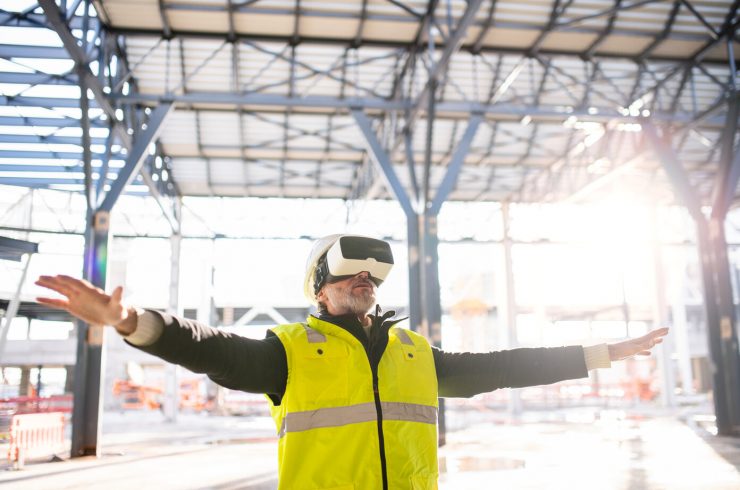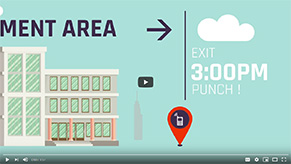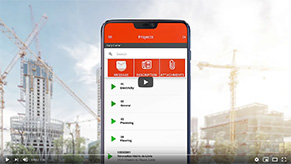
15 March, 2022
Ideas to Create a COVID-19 Secure Worksite
Public health measures have been part of our life for the better part of 2 years now, and the situation…

8 March, 2022
New technological trends in construction
The Covid-19 pandemic crisis has acted as a development gas pedal in all sectors. Particularly in the construction sector, which…





